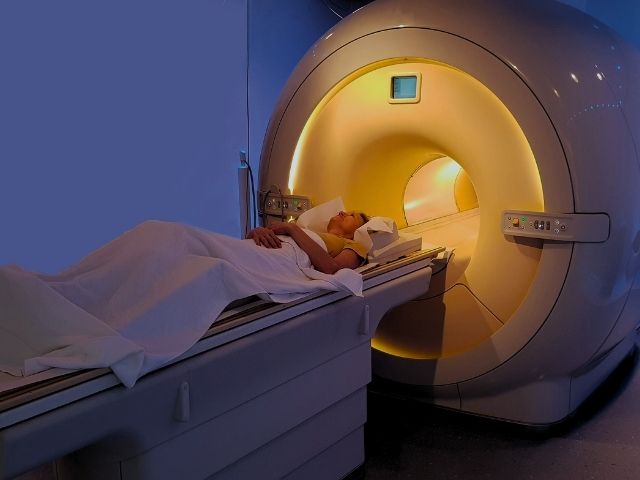Cerebral aneurysms are often referred to as the “silent killer” as they usually come with no symptoms or warning signs until it bursts causing bleeding around the brain and eventually death.
The bleeding can cause an increase in intracranial pressure which disrupts cerebral perfusion or the flow of oxygen and blood to the brain which can lead to comatose and eventually death. Roughly 1% to 2% of the population worldwide have brain aneurysms, which most of them are unaware of, and only a small percentage of that group will experience a rupture.
An aneurysm is defined as an abnormal bulging or ballooning of a blood vessel due to the weakening of the walls of the arteries which can lead to rupture, leaking of blood, and sudden death.
A bulging aneurysm puts pressure on the surrounding nerves or brain tissues, and a ruptured aneurysm can spill blood into the surrounding tissue which is called a hemorrhage. It can be compared to an old, weak bicycle tire that bulges or expands and then suddenly bursts.
Cerebral aneurysms can occur anywhere in the brain, but most of them form in the major arteries along the base of the skull. It does not choose any particular race, gender, or age and can happen to anyone at any age.









